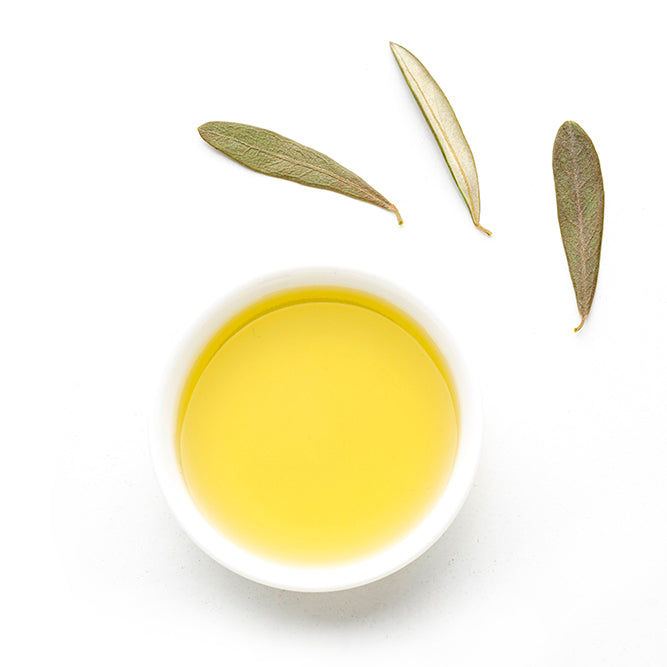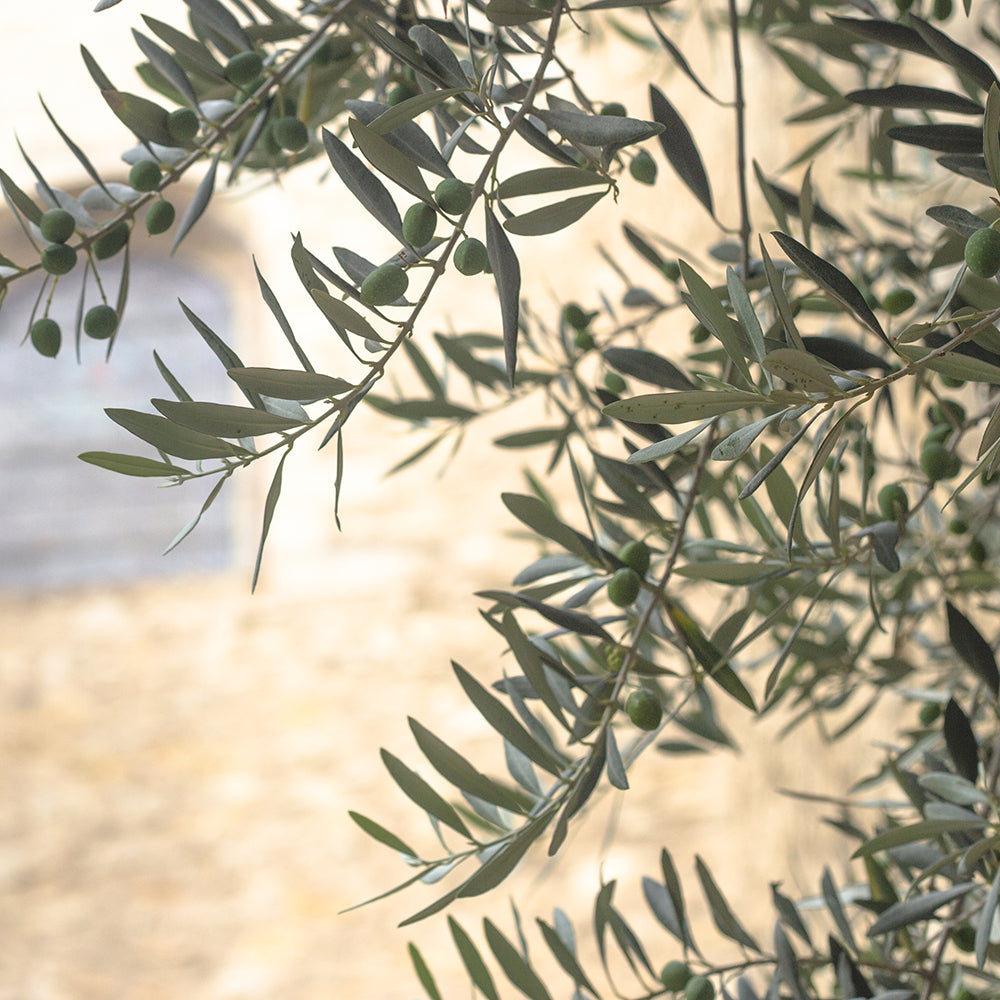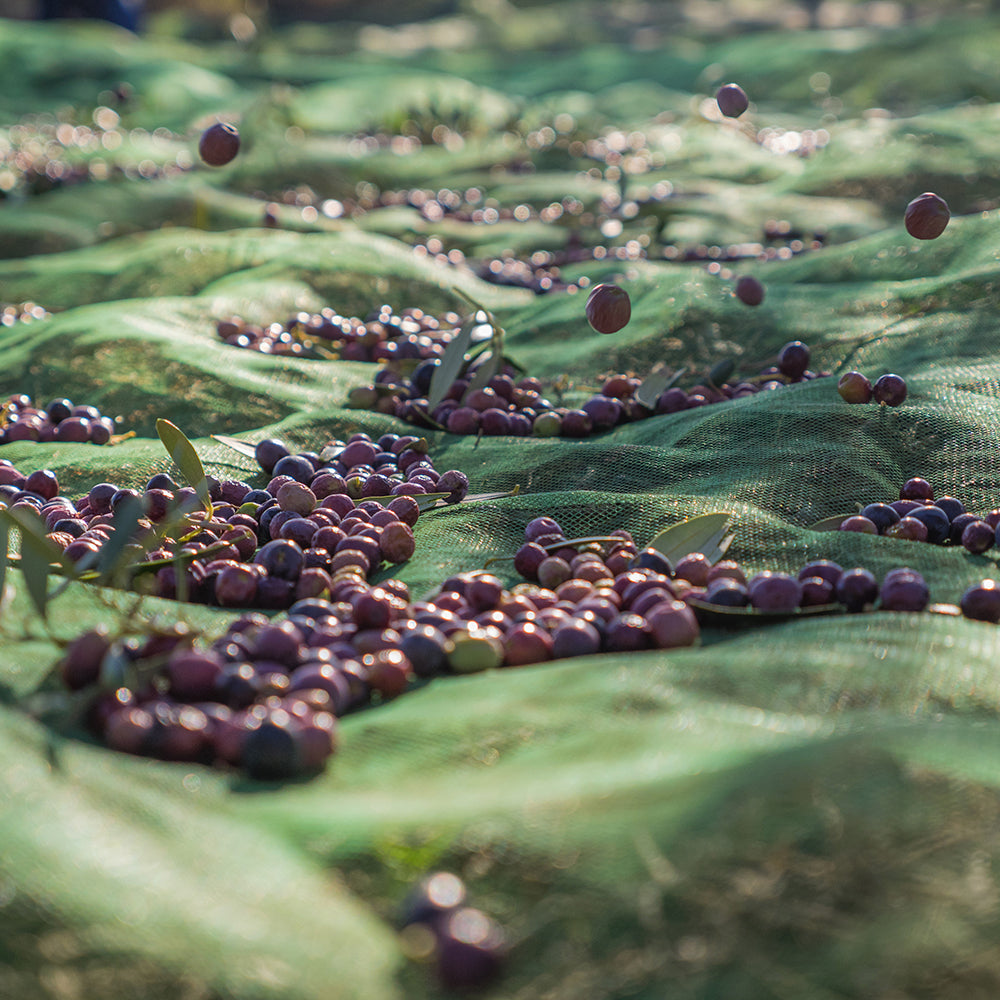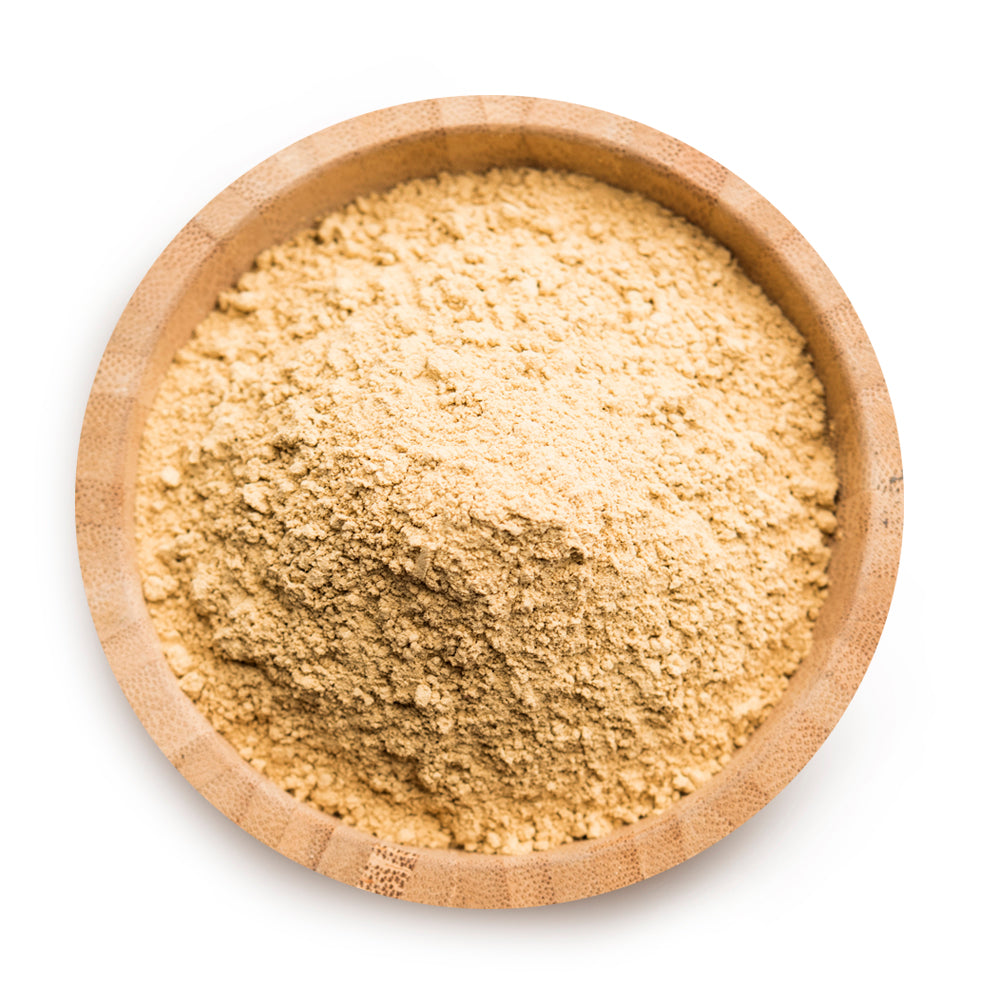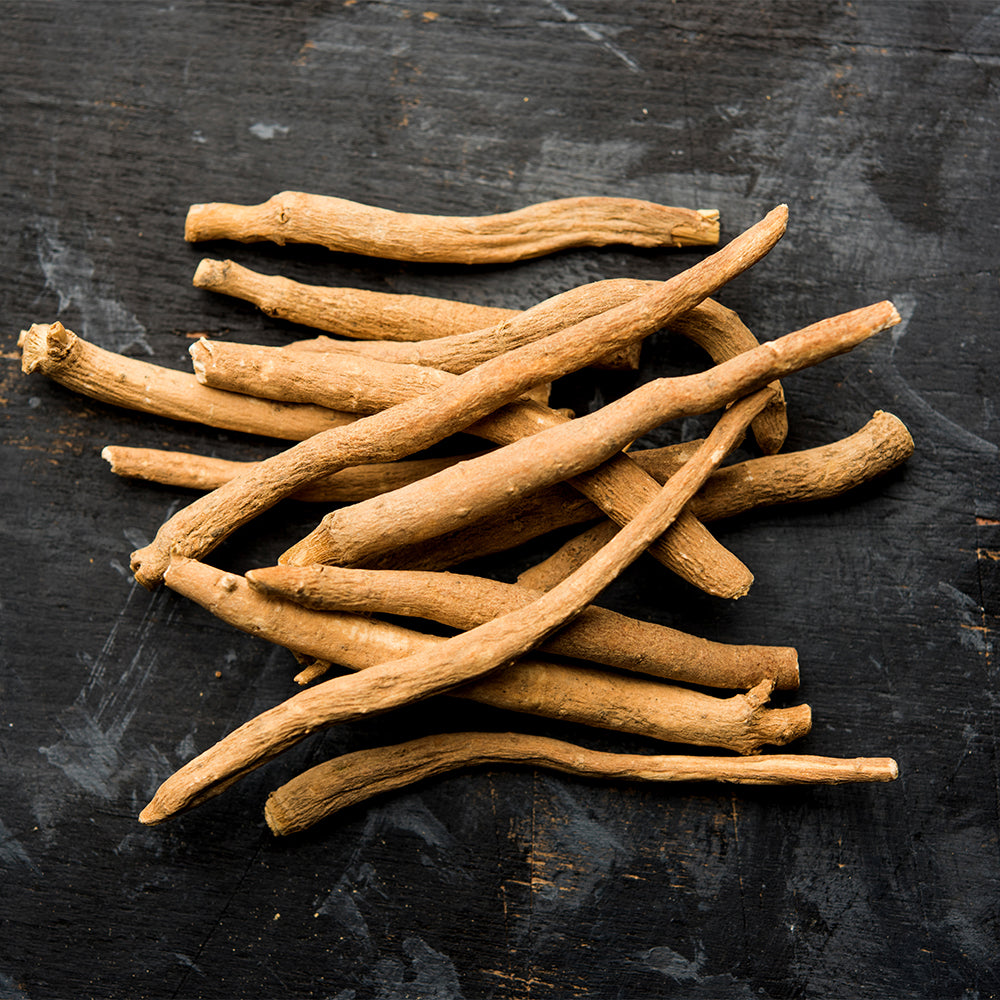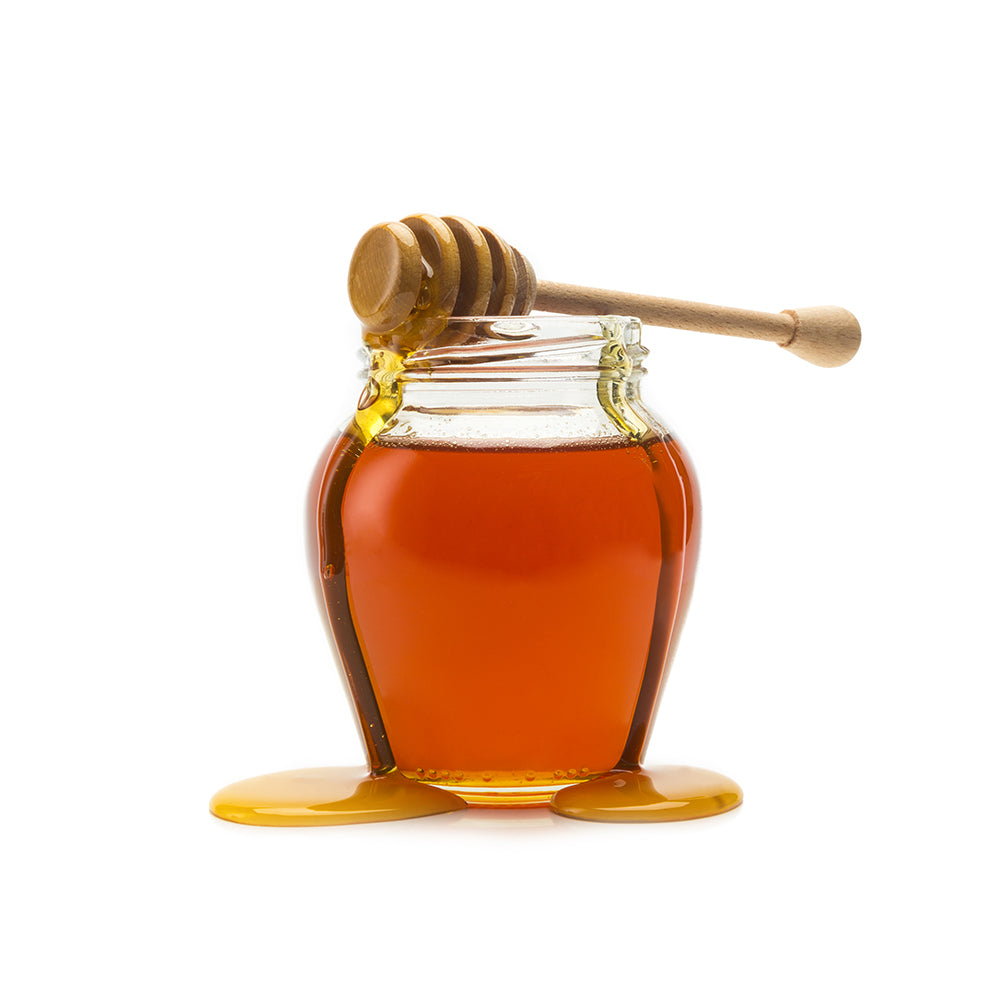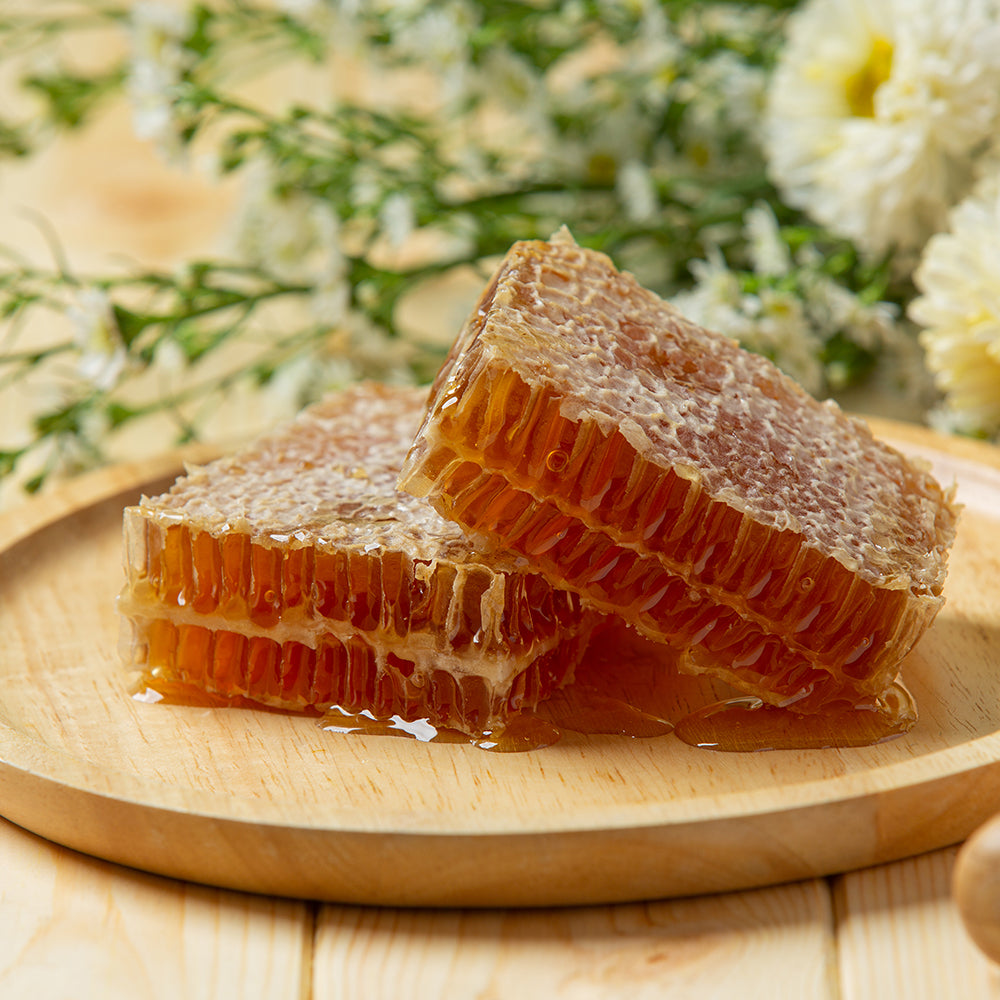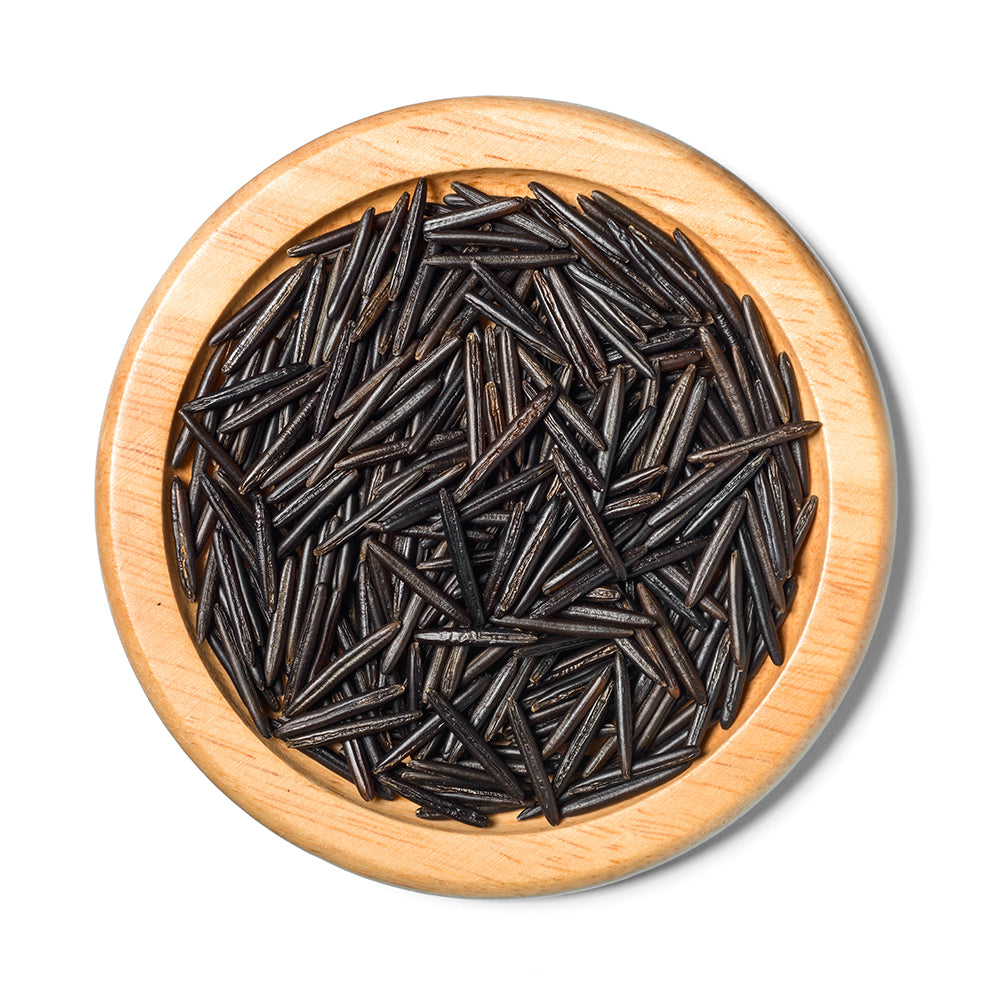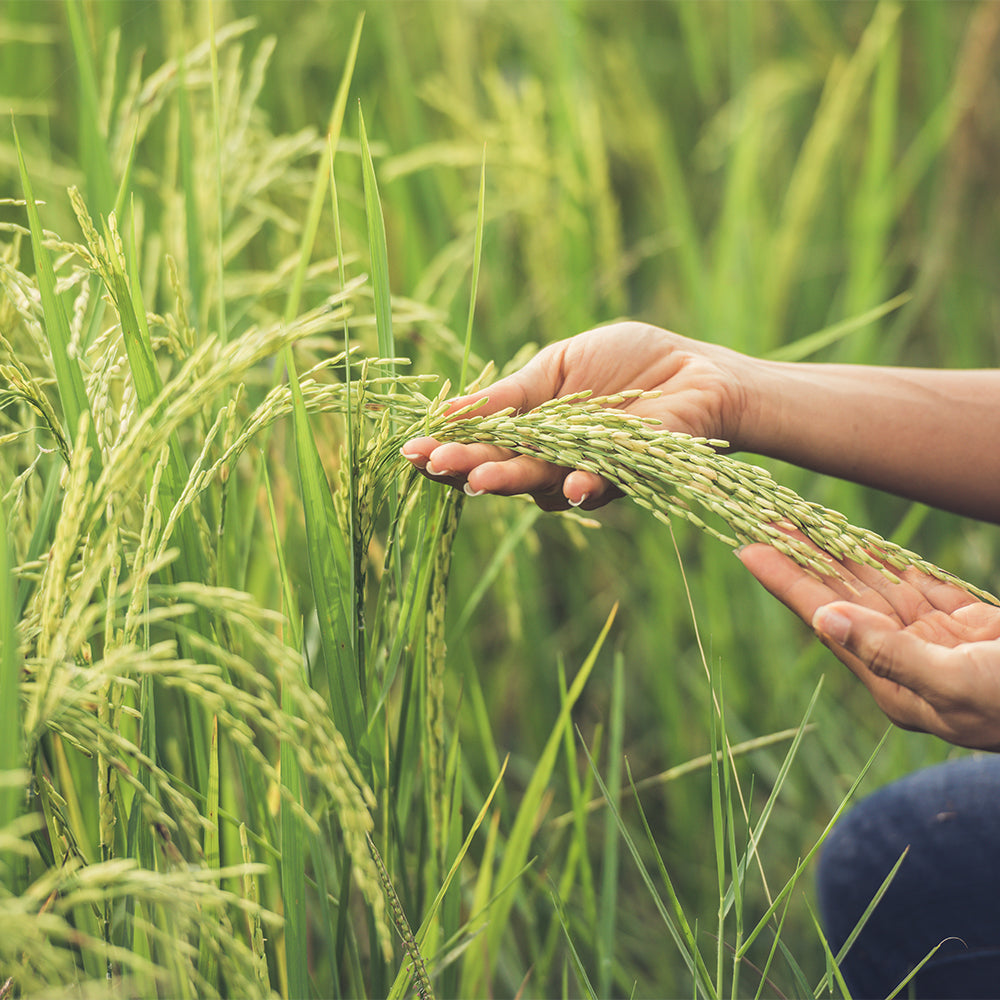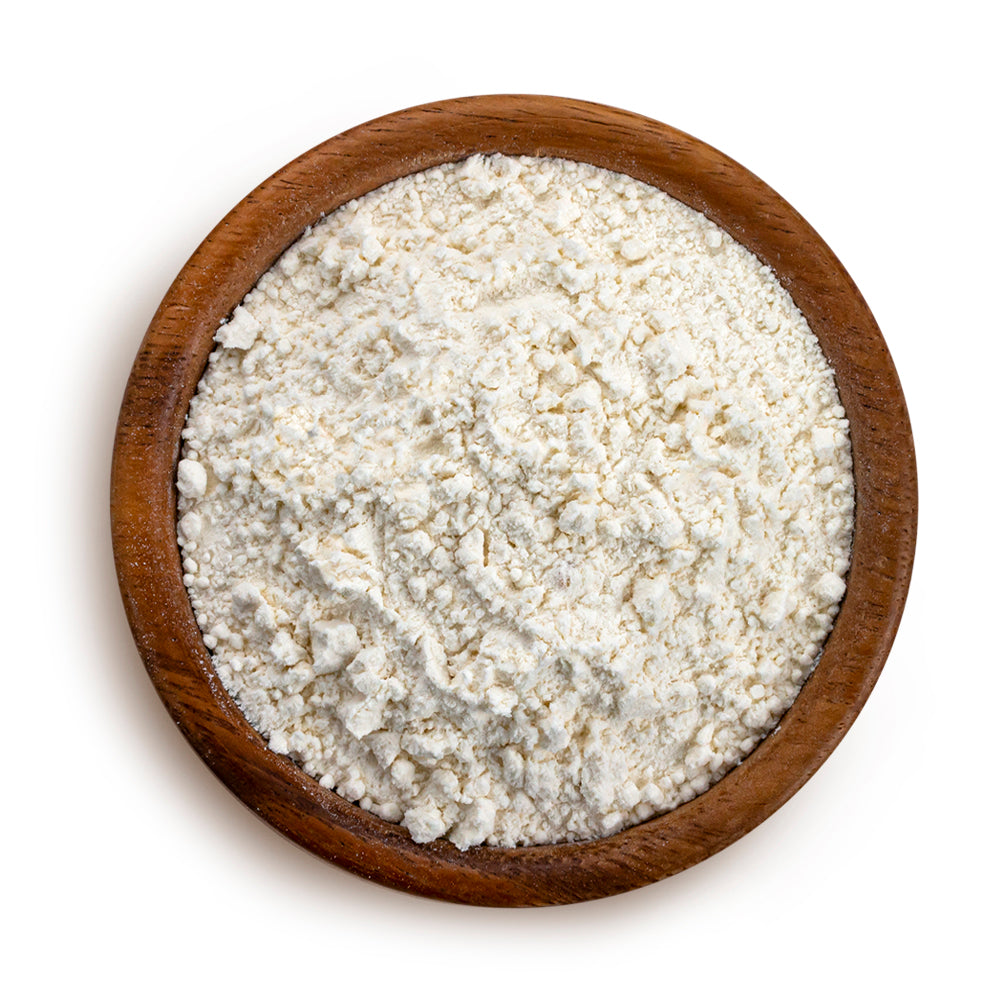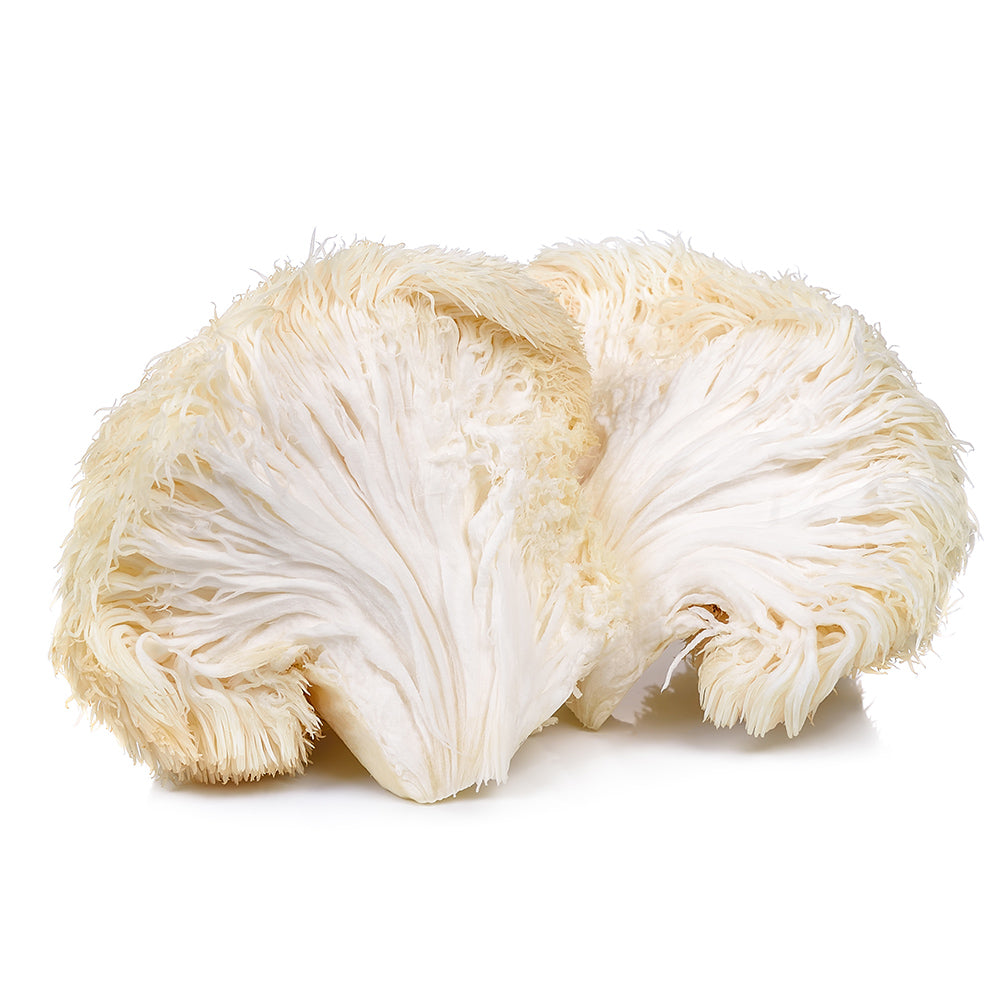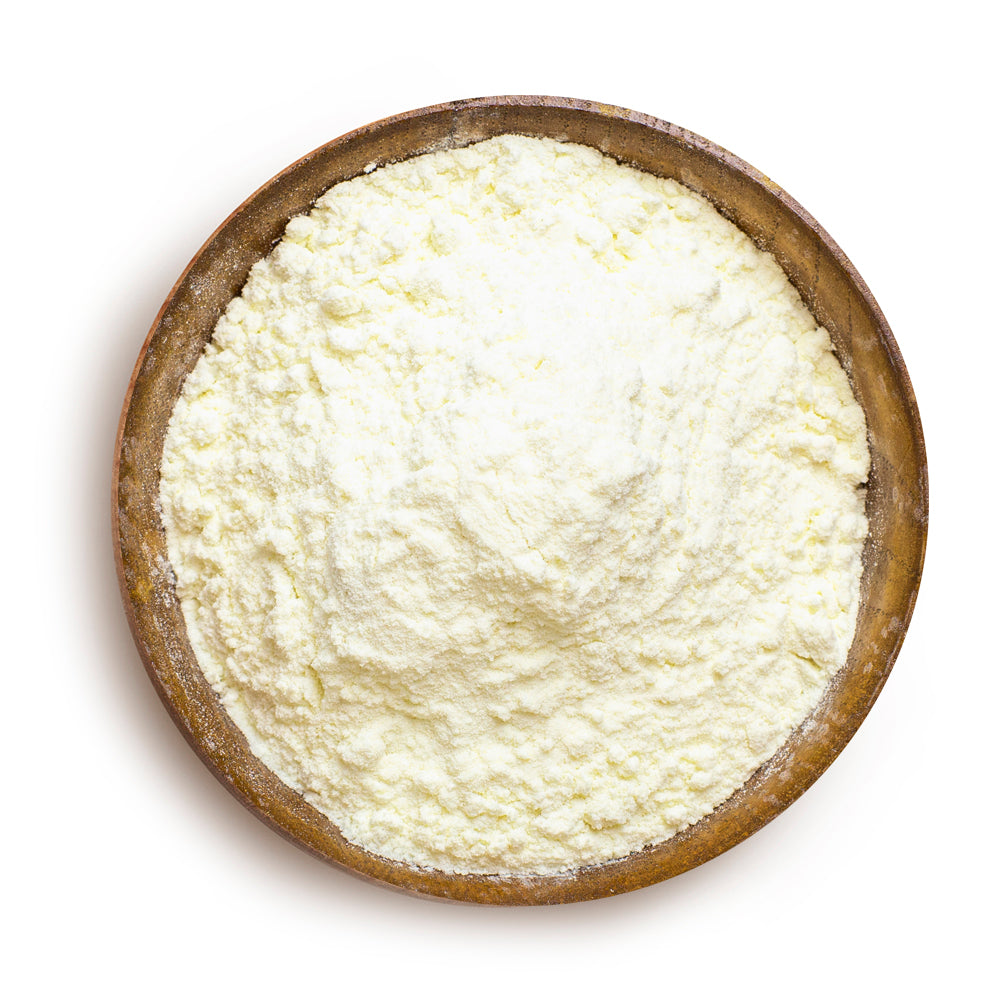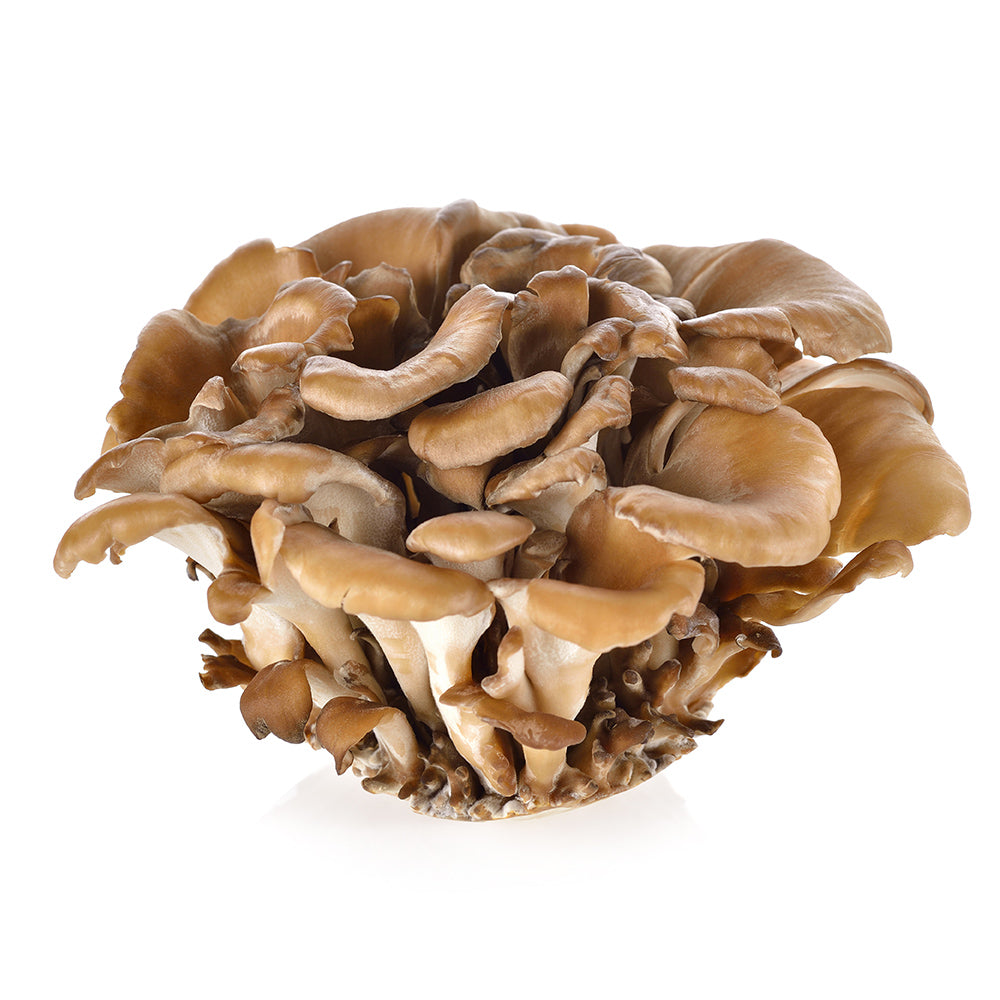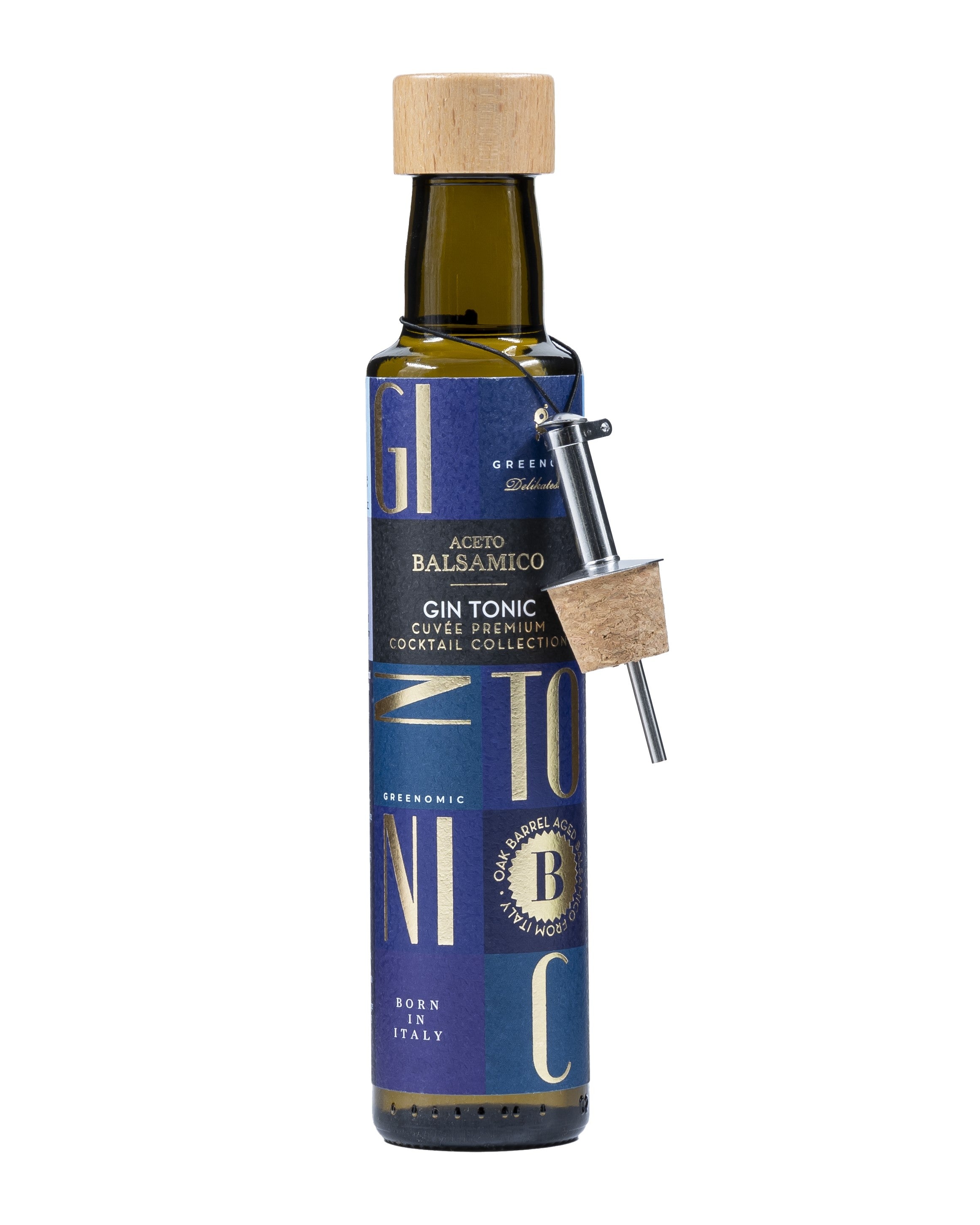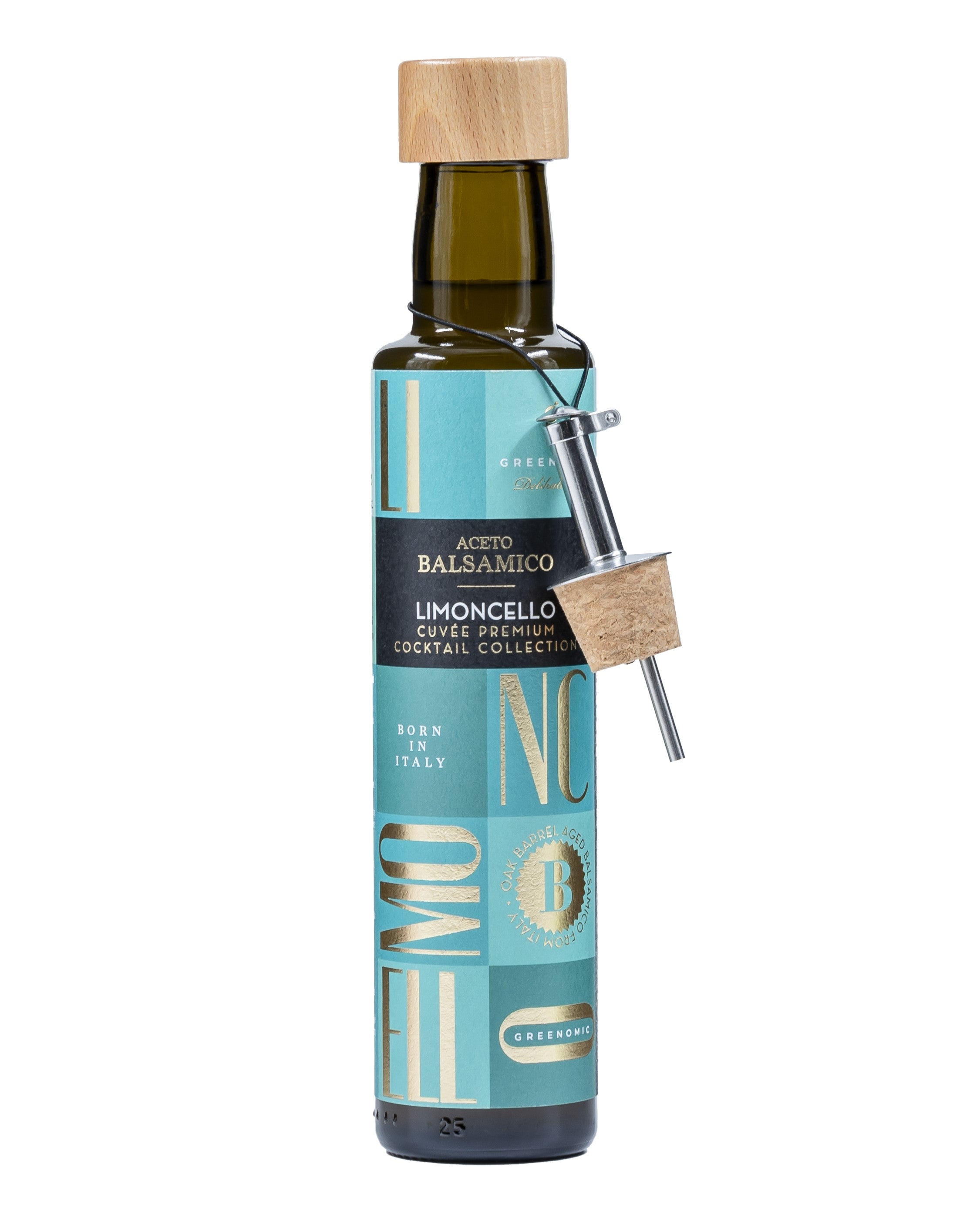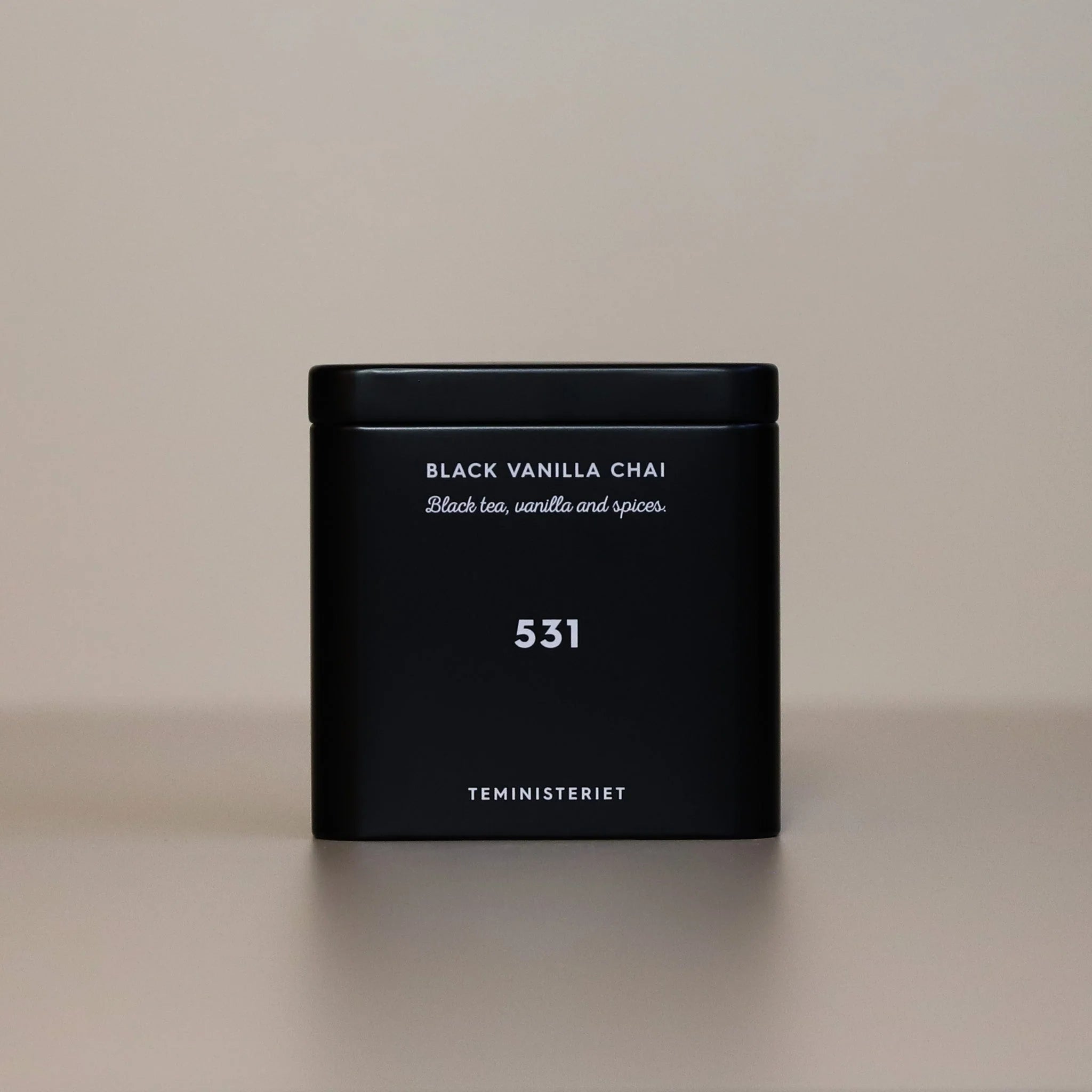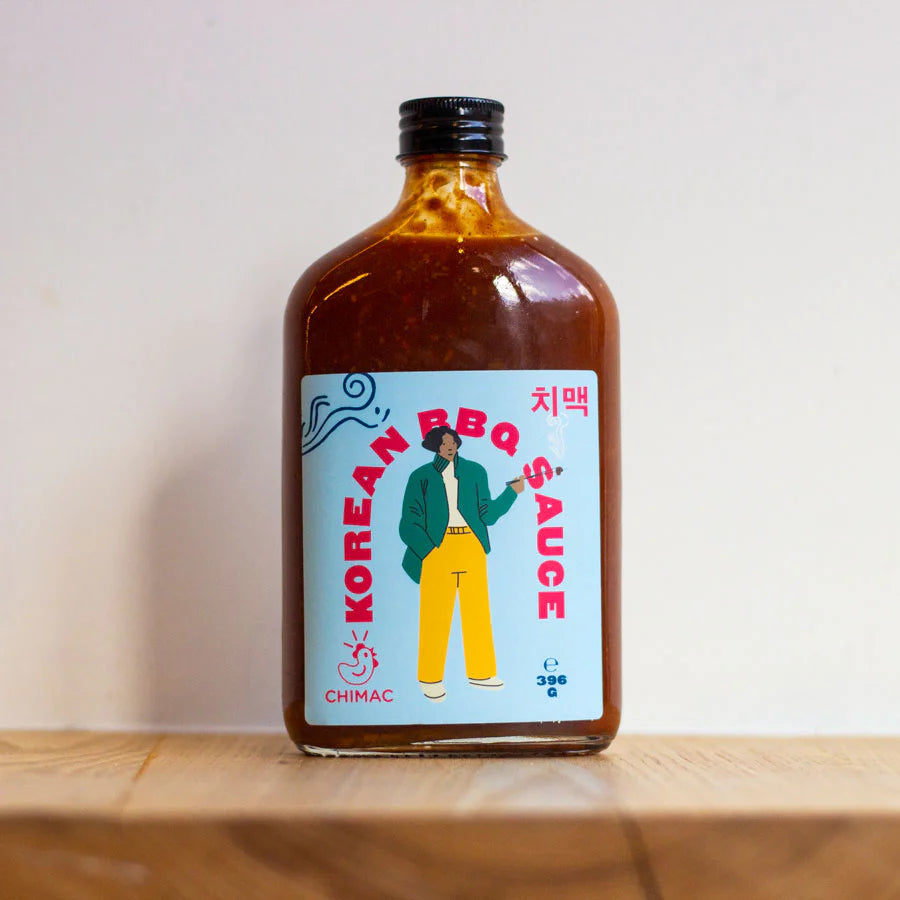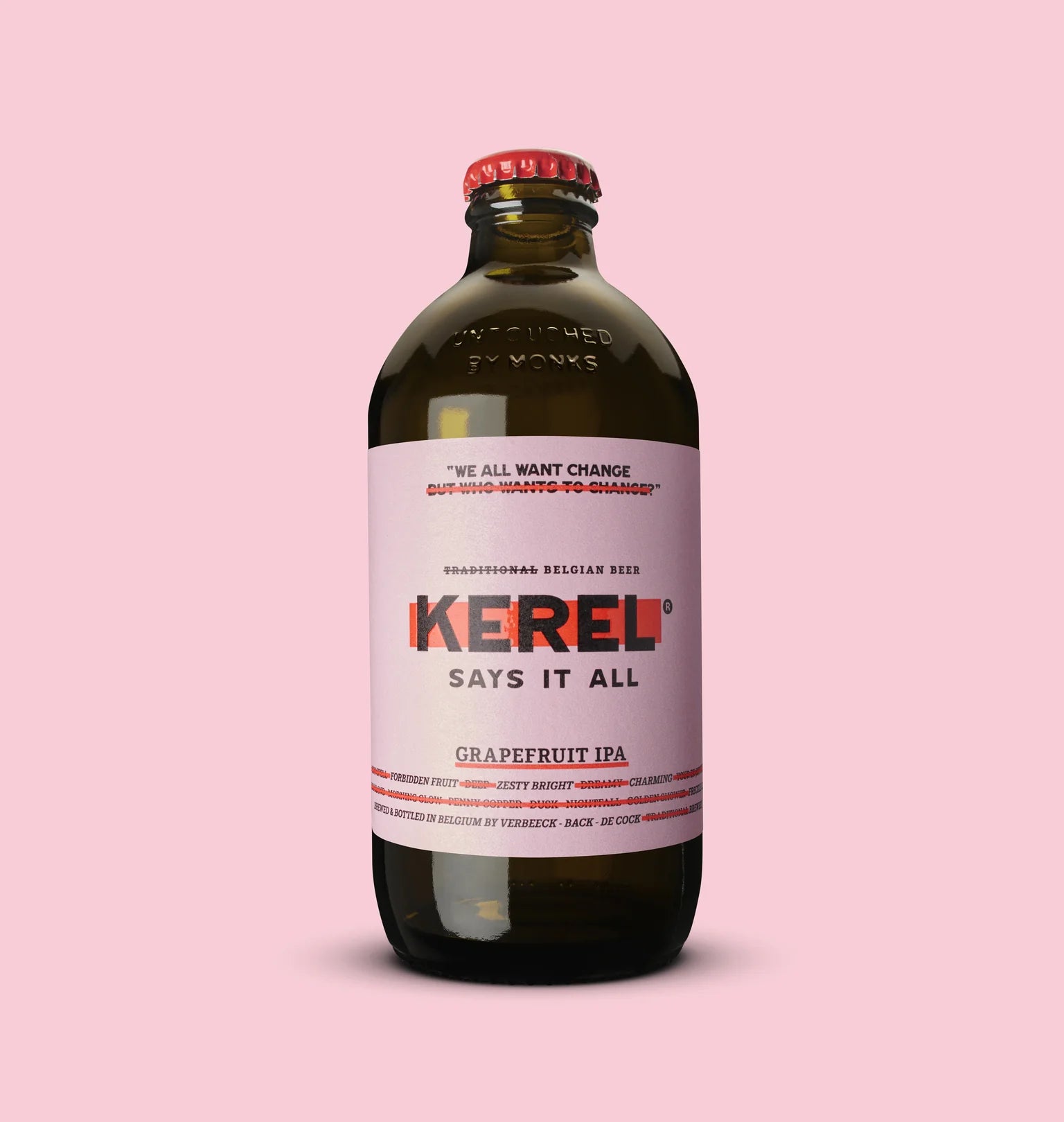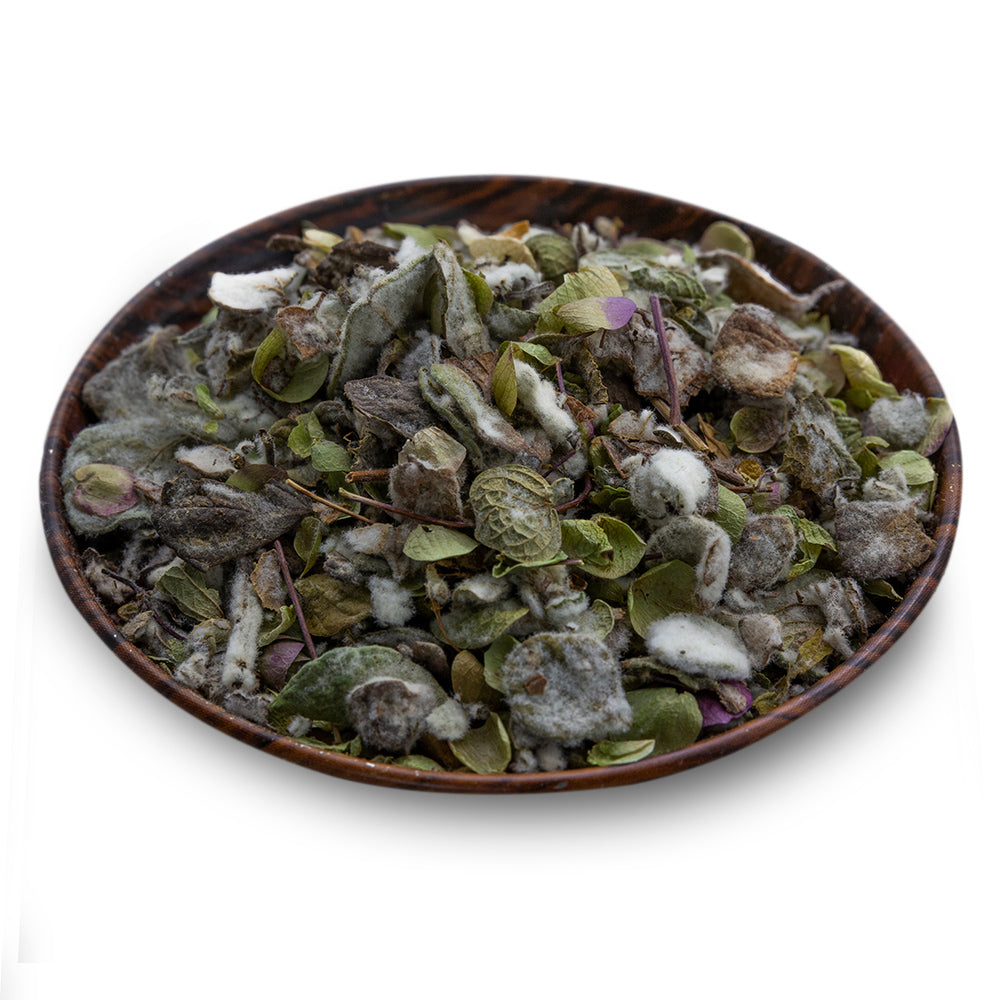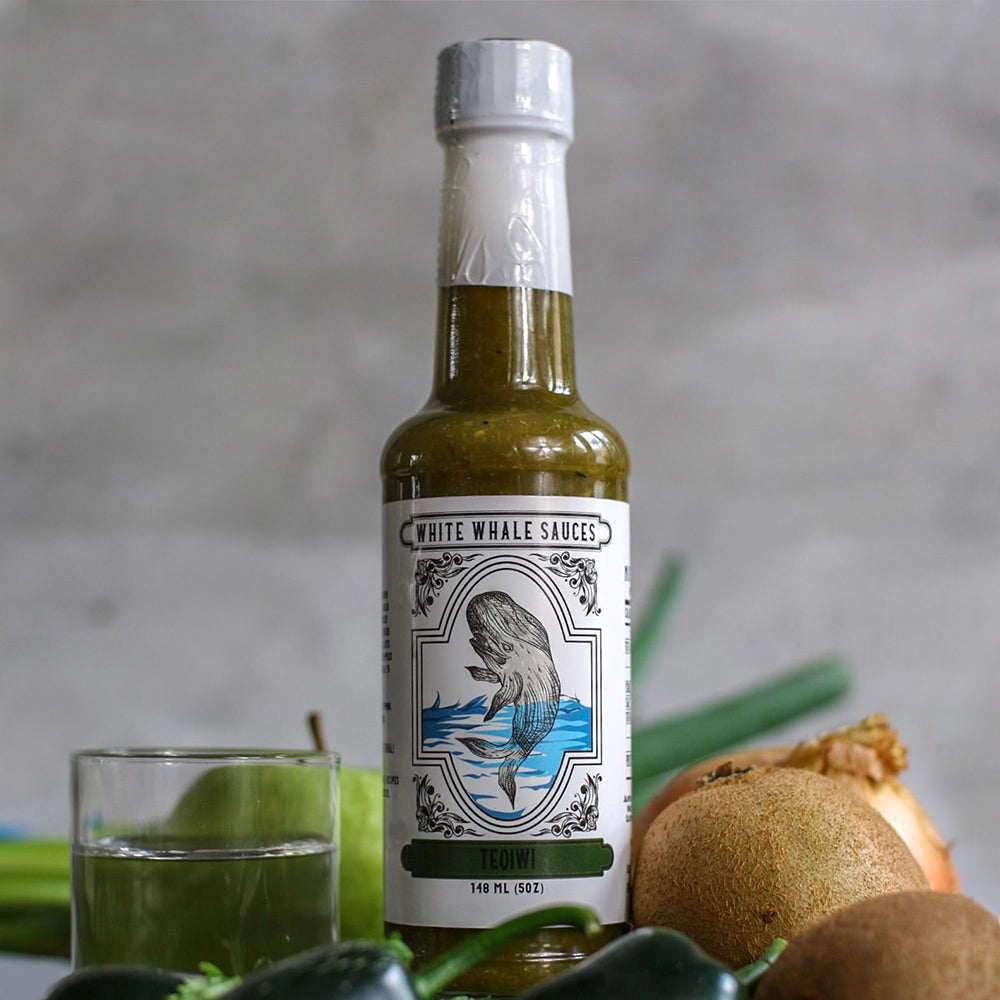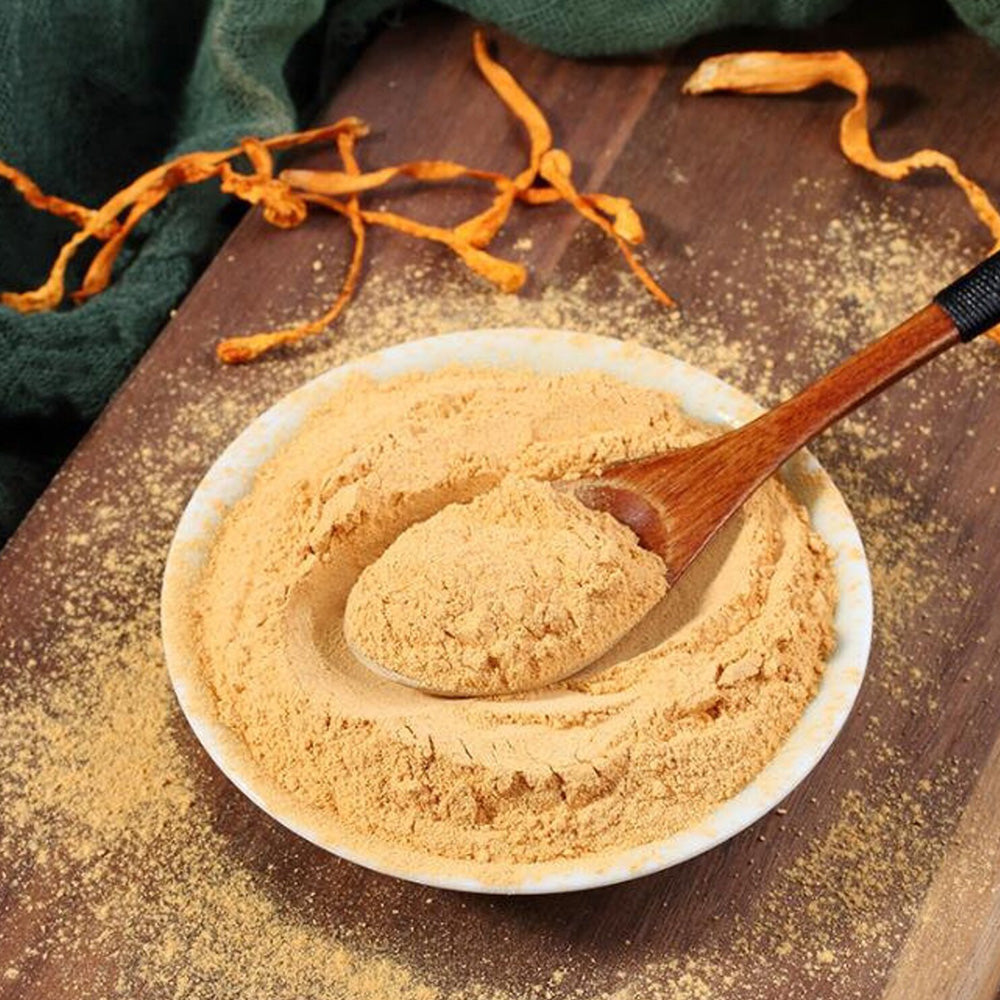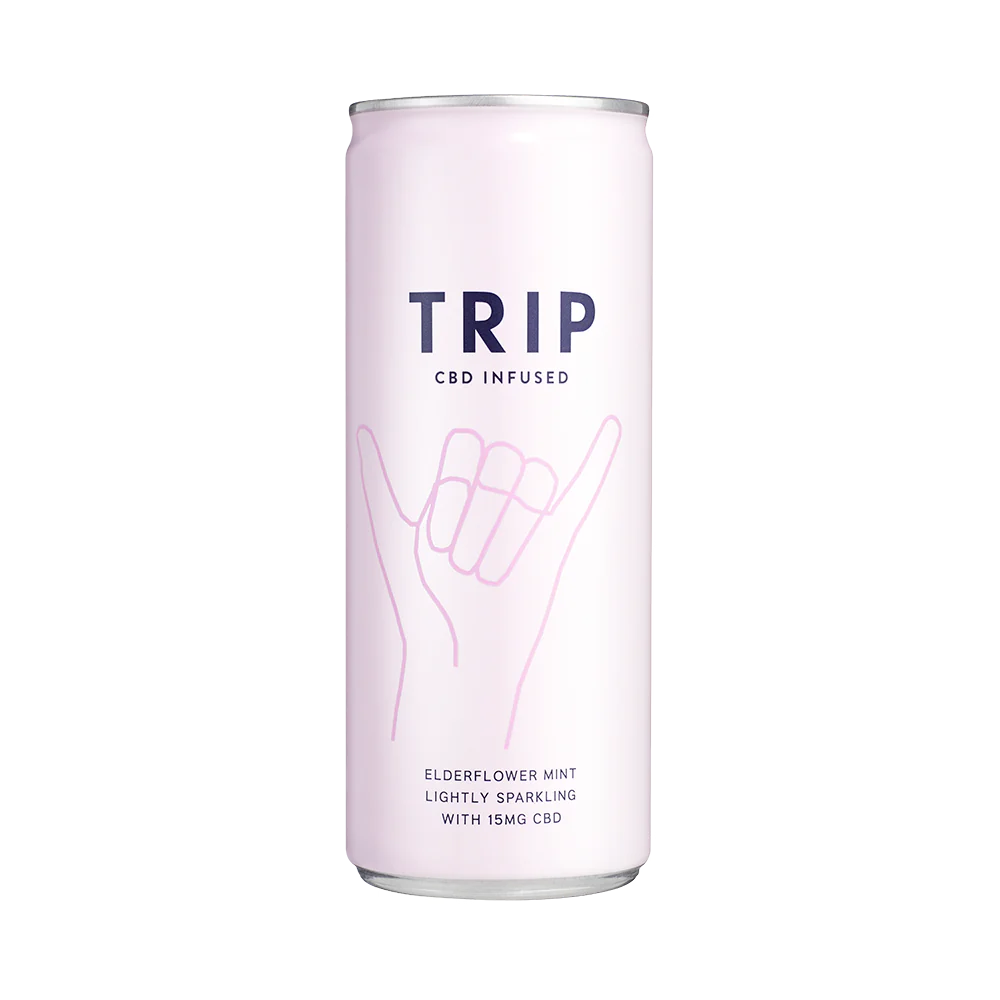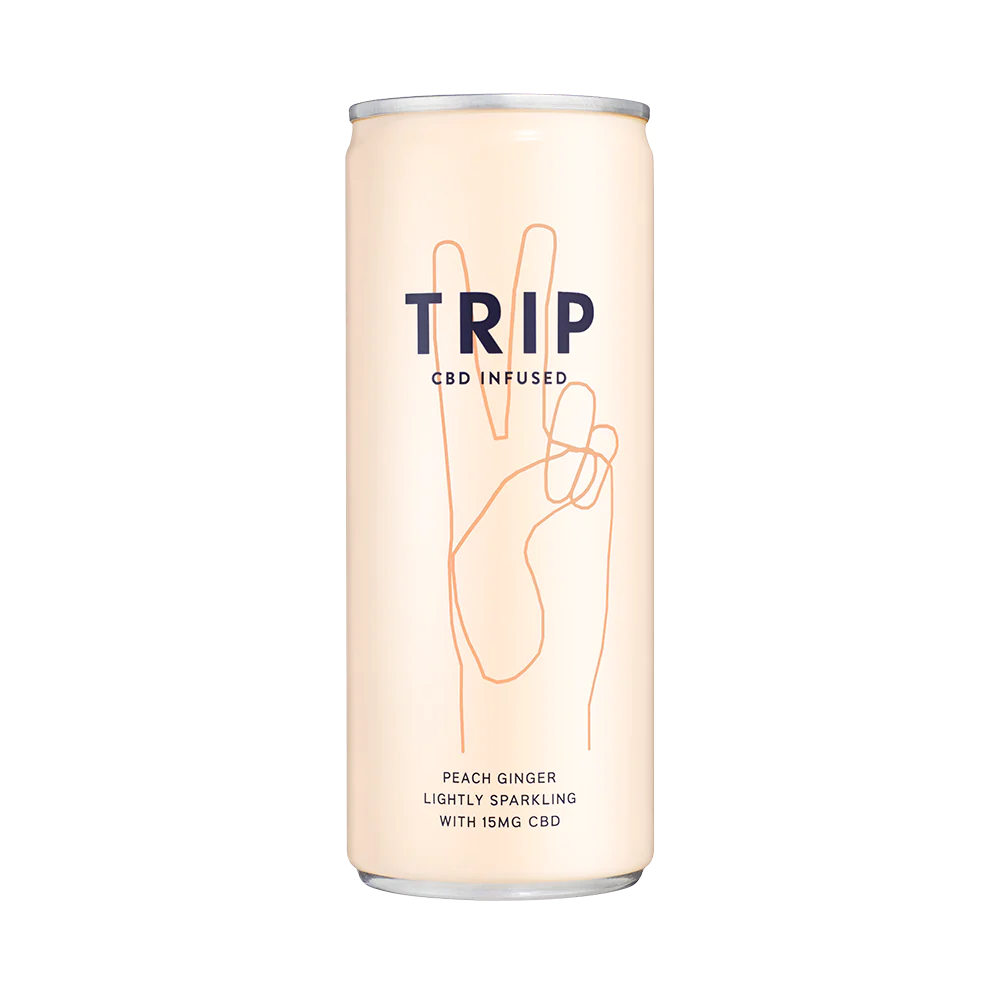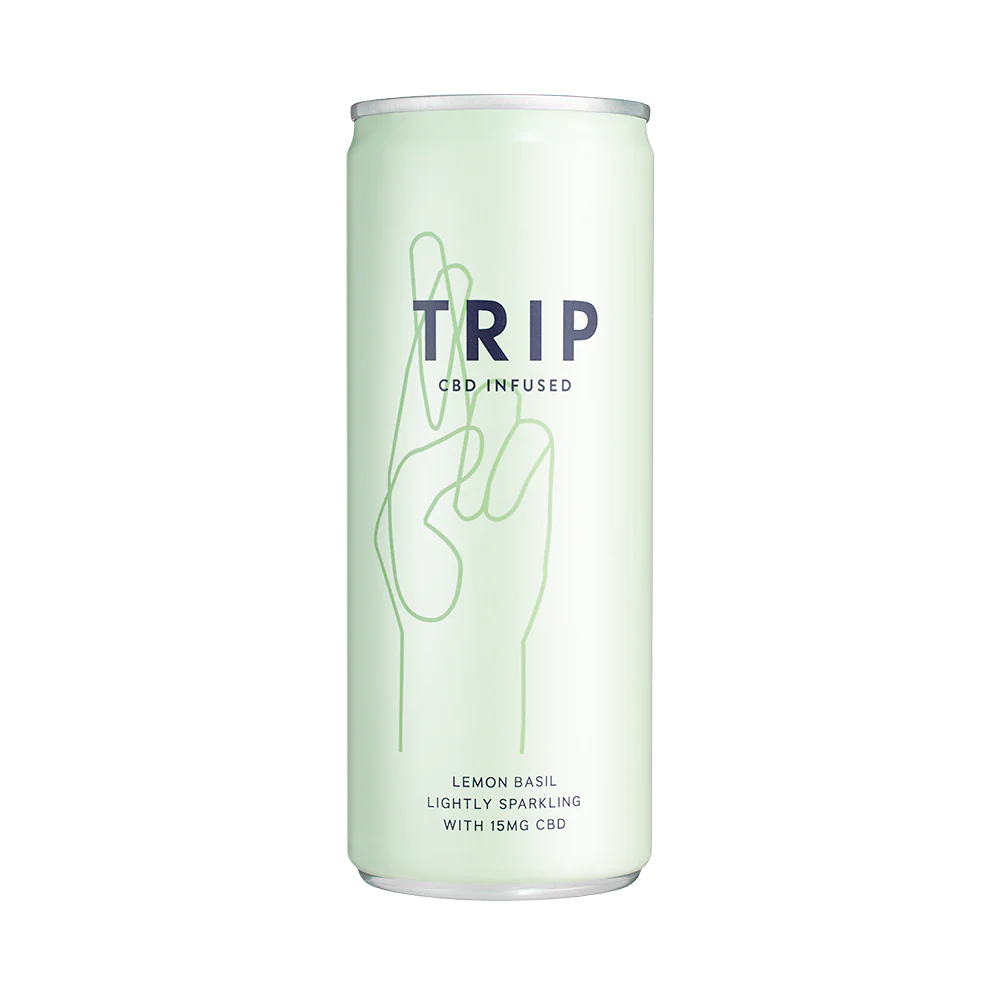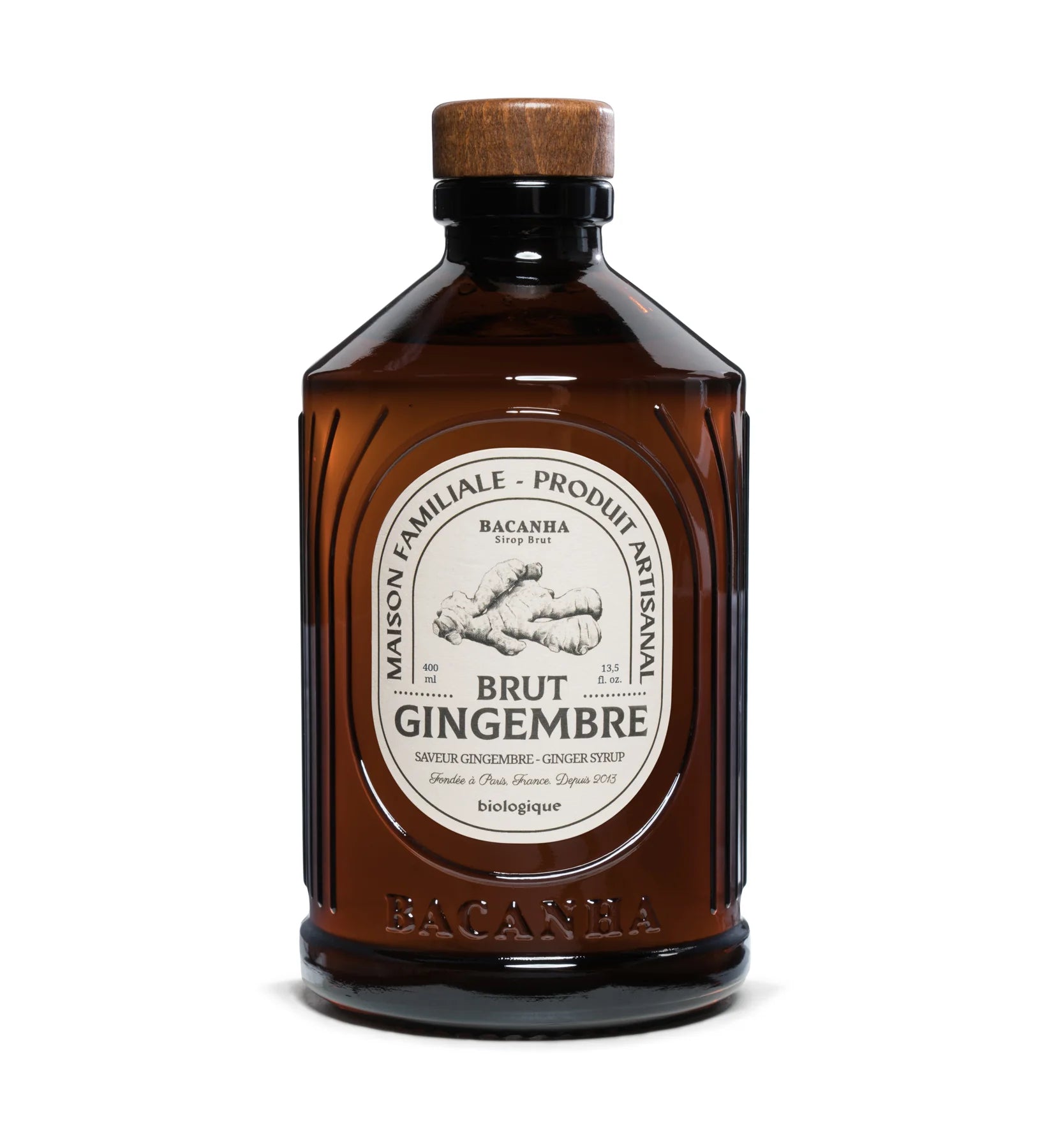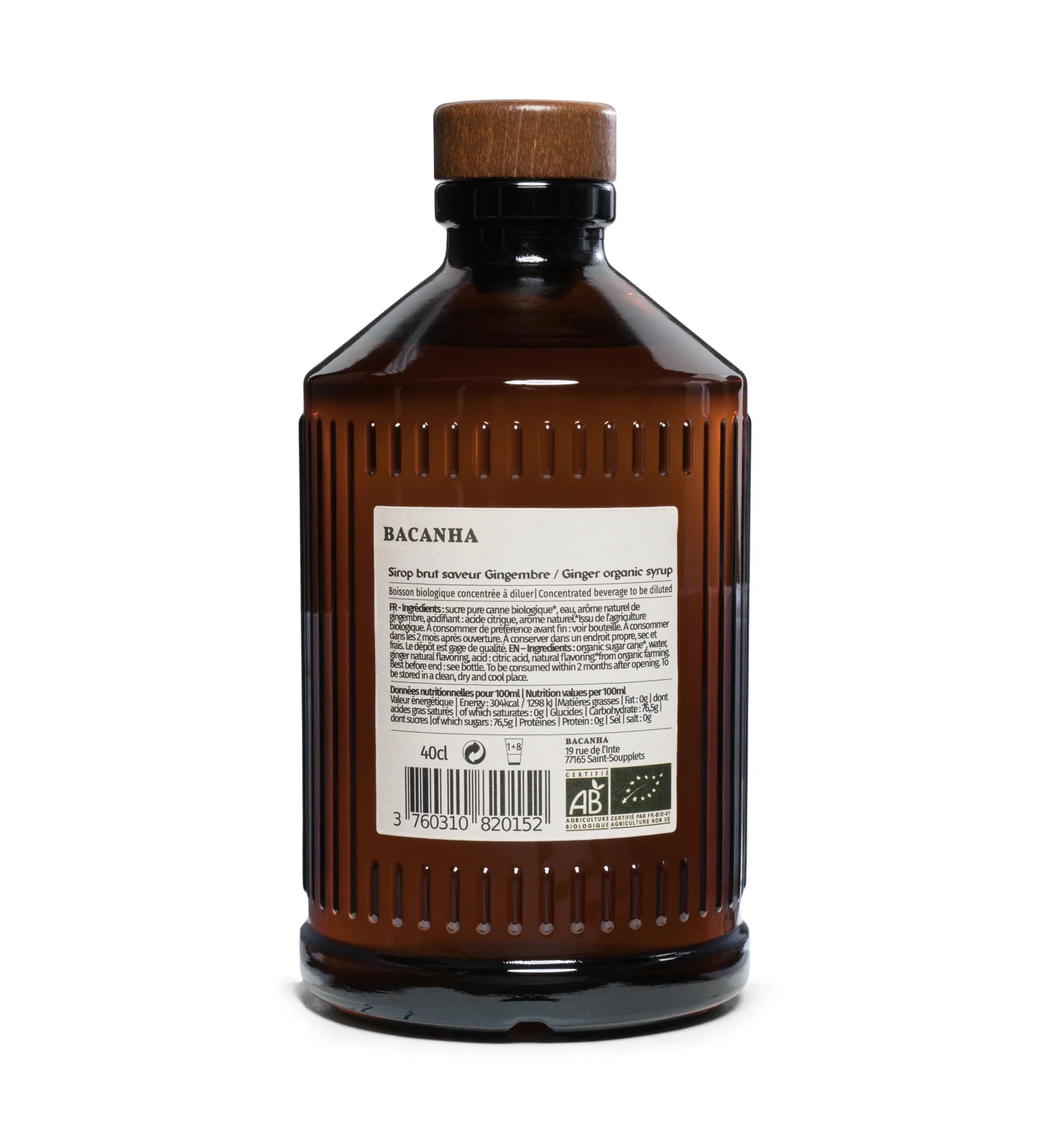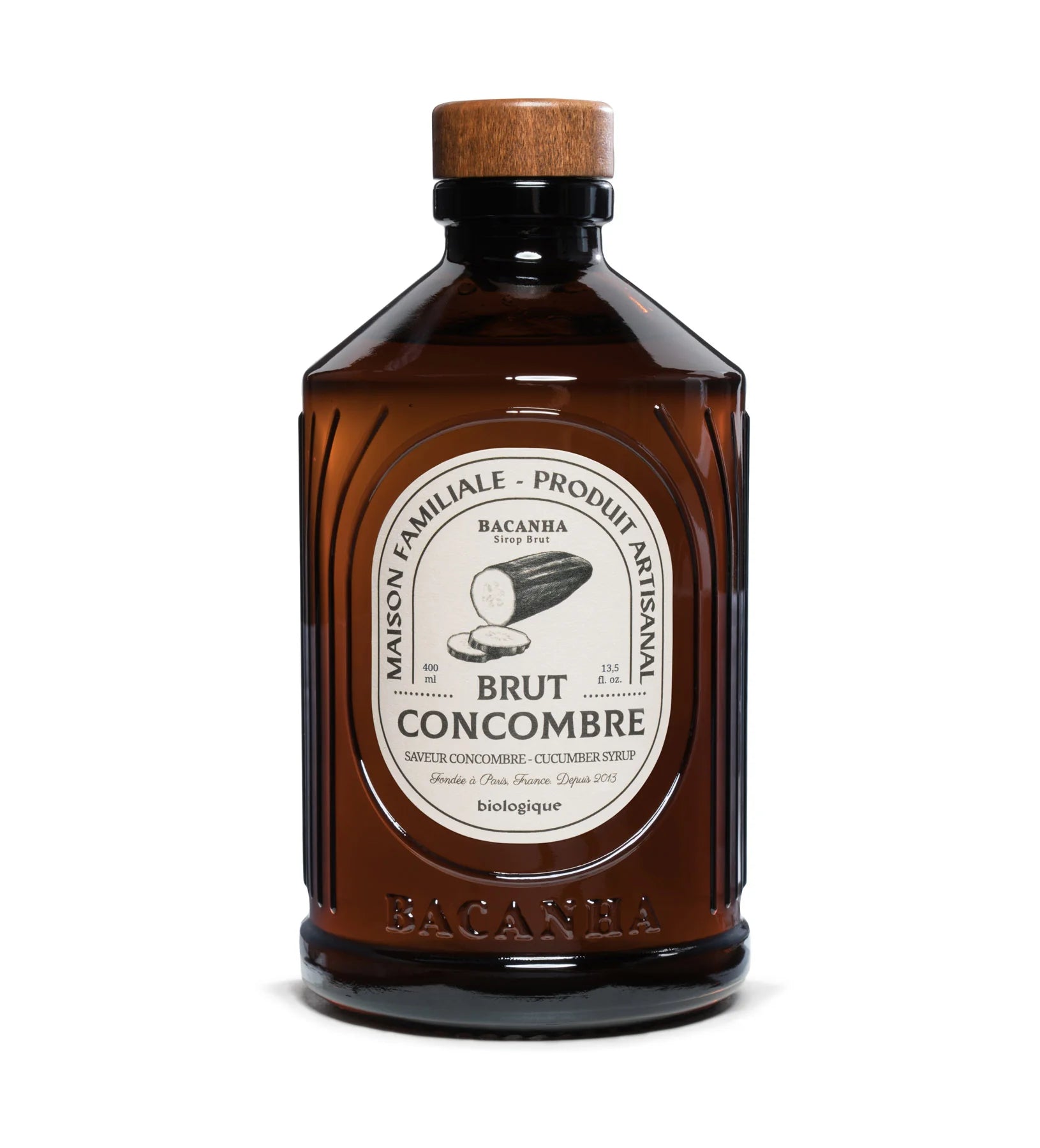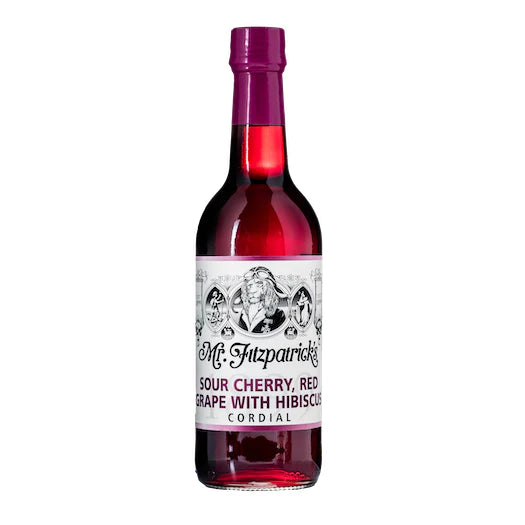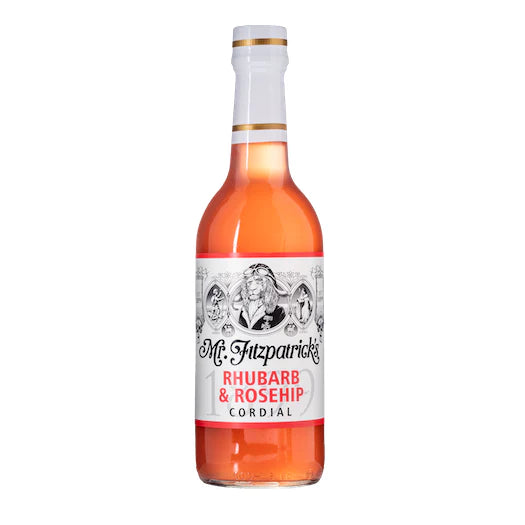About Extra Virgin Olive Oil Organic | Latest Harvest | Cold Extraction | Low Acidity - Creta, Greece
Organic extra virgin olive oil strong (EVOO) from Crete is of the “Koroneiki” variety.
The olives of our organic extra virgin olive oil are collected and within 24-36 hours go through the first cold extraction of the fruit. No high heat and no chemicals/solvents are used during the mix and separation process. Temperature stays always below 27 °C.
The olives are grown from small olive farmers in the areas of Heraklion in Crete. The climate in the island, with long hot summers and cool but mild winters, is ideal for the olive tree to thrive. Crete historically has been producing one of the best quality olive oils in the world.
Koroneiki, also known as “the queen of olives”, is known for its regal, small fruits, but having a high-quality oil yield.
Our organic extra virgin olive oil strong is very aromatic and strongly flavored. It is perfect for enjoying it in its natural raw state or added at the end of cooking. It has an emerald color and velvety texture, with rich and clear taste giving off aromas of almond and artichoke interspersed by fruity flavors.
Its spicy taste and light bitterness give it a long aftertaste.
Storage and shelf life
Store olive oil in a cool, dry, tinted airtight glass container or nonreactive metal container, away from the sunlight and heat.
Olive oil, when properly stored, will retain its flavour and aroma for 12-18 months from the packaging date.
After that, remains edible but after a point will become rancid, lose any nutritional value and antioxidants and will add a weird smell to your food.
So, your olive oil went rancid. Now what? Whatever you do, don’t pour it—or any cooking oil, for that matter—down the drain. This can clog your pipes and city sewer mains, and eventually pollute waterways. It also can’t be composted. The best practice is to transfer the spoiled olive oil to a non-recyclable container (like cardboard milk carton or a takeout container) and throw it in the trash.
Shipping and delivery
The product is available for delivery and pick up from our store in de Pijp.
The product is delivered in glass bottles. We are doing our part to close the loop towards circularity by offering this product in glass container with a deposit (Statiegeld) which can be refunded in full at our store for your next purchase.
Nutricional information
Ingredients: Juice of organic olive fruit
Allergens: This product contains no known allergen
Nutritional values (per 100 gram)
Calories 833
Total Fat 98g
Saturated Fat 13,3g
Trans Fat 0g
Polyunsaturated Fat 9,8g
Monounsaturated Fat 68,6g
Cholesterol 0mg
Sodium 1,9mg
Potassium 1mg
Total Carbohydrates 0g
Dietary Fiber 0g
Sugars 0g
Protein 0,3g
How to use
Extra virgin olive oil strong is a very versatile flavouring ingredient which can be even served as a condiment or a dip.
It gives aroma and taste to your soups, sauces, stews and finish grilled meats and vegetables. It is also a great base for bastes and marinades. Although is best used in its raw form, it is also suited to all cooking methods including roasting, frying, stir frying and even deep frying below 190C.
Extra virgin olive oil contains mostly monounsaturated fatty acids, which are largely resistant to heat. Even under extreme conditions, the olive oil does not form significant amounts of harmful compounds.
Even if you are not Greek, Spanish or Italian, you will end up using our delicious organic extra virgin olive oil in almost anything! It is the key connector of ingredients in almost every fresh salad including the Greek “Ηoriatiki”. Enjoy it on a warm slice of bread with a pinch of sea salt and dried oregano. Make an olive oil mayo for change and will never go back to normal. And definitely it is not limited to savoury dishes; it is great in cakes, cookies and even ice cream!
The predominant fatty acid in olive oil is a monounsaturated fat called oleic acid. It reduces inflammation and may even have beneficial effects on genes linked to cancer. Olive oil contains powerful antioxidants, that fight inflammation and help protect your blood cholesterol from oxidation. These two benefits may lower your risk of heart disease and lower blood pressure.
Other interesting information
Olive oil is unique among vegetable oils in that is simply the fresh juice of the olive fruit with the water removed rather an extraction from a dry grain or nut. The olives are crushed and mixed, then the oil is separated out centrifugally into solid vegetal particles and water.
In the Greek tradition, when a child is born, Greeks plant an olive tree. The olive tree and the child will grow together. When the child will become 6 years old, the olive tree will give its first fruits. It will grow with the family, survive through decades, and will still be there for all the coming generations to always remind us the continuity and the evolution of life. Goddess Athena bestowed two sacred gifts to the ancient city of Athens: the olive tree and her name.
Olive oil has long been considered sacred and a natural choice for religious rituals since ancient times, and until today. This is thanks to the purity of olive oil, the clear, soft light it casts, and its inoffensive odor when burned.
Ancient Greeks anointed kings with olive oil. The lamps that illuminated ancient shrines burned olive oil. Winners in athletic games, victorious warriors returning home, and illustrious citizens of all kinds were crowned with olive twigs woven into wreaths. Those ancient trees’ trunks split over the centuries, but still produce a harvest of fruit every year.
The expected life of an olive tree is 300 to 600 years. Yet there are olive trees more than 1,000 years old. The history of the olive tree began around 7.000 years ago in the Mediterranean region and more precisely in the Eastern Mediterranean. It is speculated that it first appeared in Syria, as indicated by various depictions on vessels and by the multitude of myths of the people around the Mediterranean. Greece however, through Phoenician merchants, brought it in the European Mediterranean area- Italy, France, Spain, Portugal- from where it spread to America and Australia.
